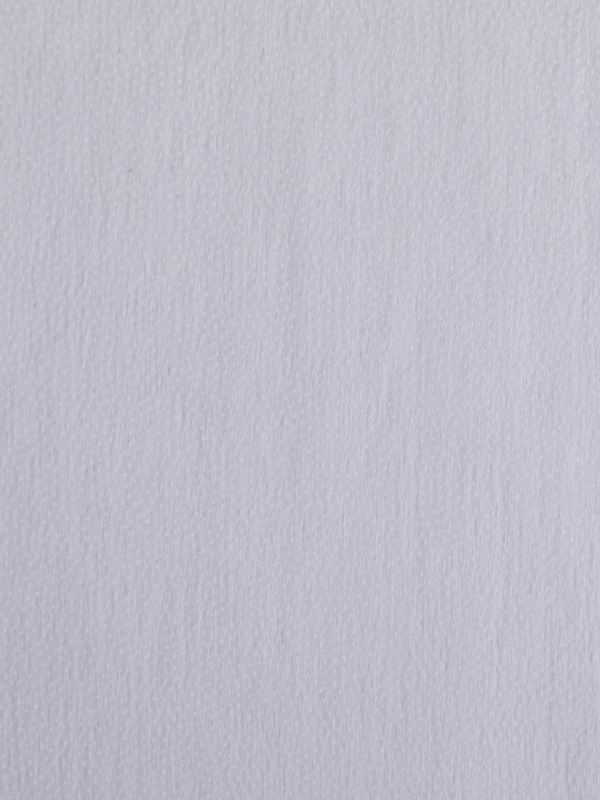Non-woven interlining is a type of fabric that is used as a lining or interlining in clothing and textile products. It is made by bonding fibers together using heat, chemicals, or mechanical processes, rather than weaving or knitting. Some features of non-woven interlining include:
Softness: Non-woven interlining is soft and pliable, which makes it comfortable to wear and easy to work with.
Strength: Non-woven interlining is strong and durable, which makes it suitable for use in a variety of applications, such as clothing and textile products.
Resilience: Non-woven interlining is resilient and can maintain its shape and strength after washing and wearing.
Breathability: Non-woven interlining is breathable and can allow air to circulate, which makes it comfortable to wear and less likely to trap moisture.
Lightweight: Non-woven interlining is lightweight, which makes it easy to handle and work with.
Flexibility: Non-woven interlining is flexible and can be used in a variety of ways, such as to add body and shape to clothing and to provide added warmth without adding bulk.
Variety of thickness: Non-woven interlining can be found in a variety of thicknesses, which allows for different levels of support and thickness to be added to different fabrics or garments.
Environmentally friendly: Non-woven interlining can be made using environmentally friendly methods, such as using recycled fibers, which makes it a more sustainable option than some other types of fabrics.

This lightweight fusible interfacing is perfect for making your garments and crafts more stable, giving them a nice hand. Suitable for all kinds of garments, such as knitwear, satin and lace fabric garment, drapery, etc. This high-quality non-woven interfacing is engineered for strength and durability, yet it is soft to the touch. It has a fusing temperature of 125-135 degrees C and can be fused for 12-18 seconds.










